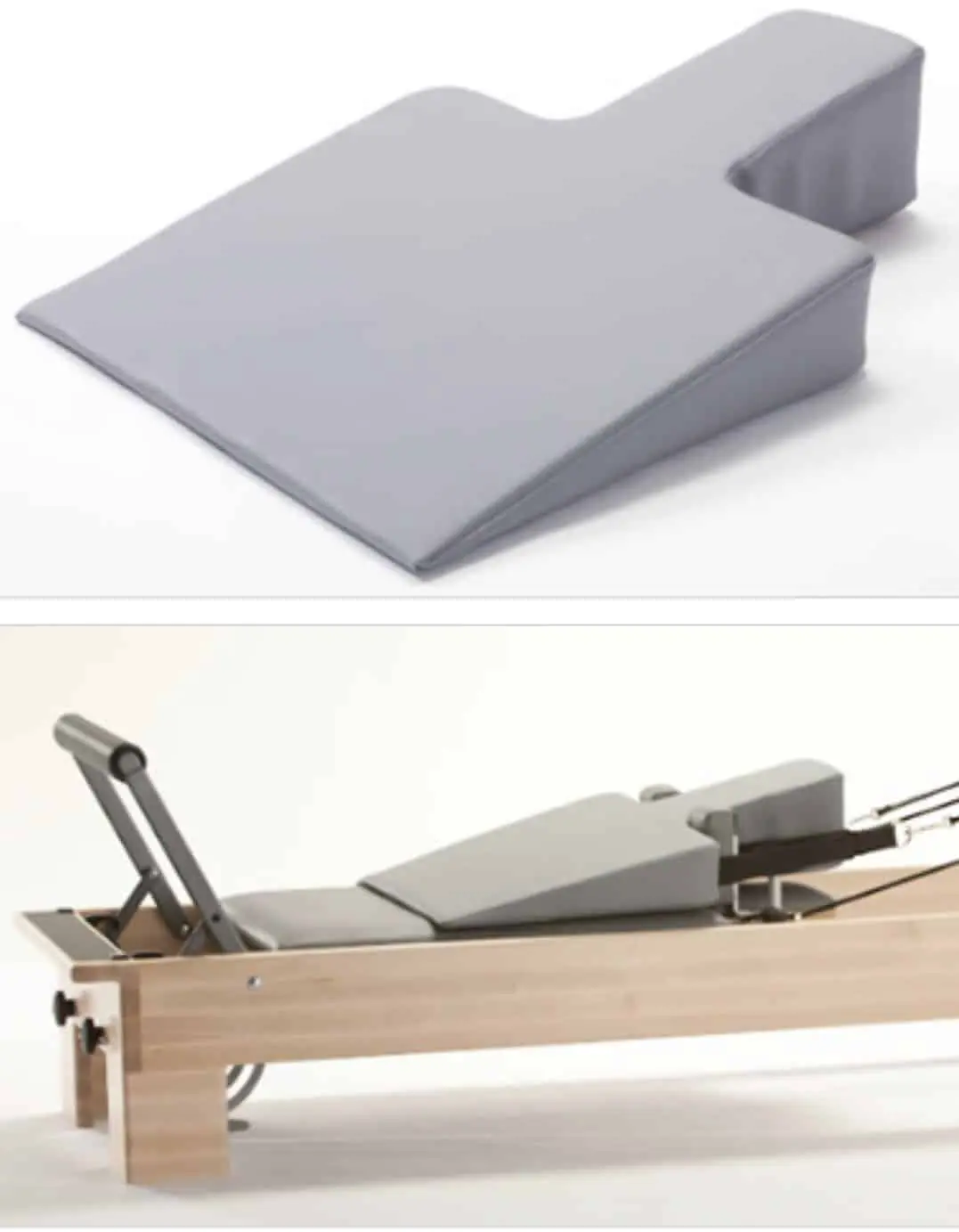Why you should practice Pilates during pregnancy
Whether you are new to Pilates or not, this exercise regime offers plenty of options during pregnancy. Pilates can help prepare you for labor and delivery. Your pregnancy is an opportunity to prepare your body for recovery, decrease the chance of pelvic floor issues, and help prevent or manage diastasis recti (a separation of the abdominal muscles).
The benefits of exercise during pregnancy
An exercise regime such as prenatal Pilates improves or maintains physical fitness when conducted regularly. Suppose you’re pregnant and have previously had a sedentary lifestyle. In that case, it is still possible to start Pilates with a professional instructor who will guide you on increasing the pace and intensity of your workout slowly.

And there are many reasons why you should. Pilates can help prevent a few conditions that rear their ugly head during or after pregnancy. Some examples are gestational hypertension (high blood pressure caused by pregnancy), gestational diabetes mellitus, and depressive disorder.
Improved fitness also shows a decreased likelihood of giving birth to low-weight babies or going into labor early. Pregnancy is a good time to pick up healthy habits too, and an exercise routine will lower the incidence of excessive weight gain.
Studies have found that bodily pain such as lower back, sciatic, and joint pain associated with pregnancy are also reduced in those exercising regularly during pregnancy. This improved general fitness makes delivery easier too. The benefits of exercise mean a decreased chance of needing a C-section or operative vaginal delivery.
It has been shown that those who exercised regularly during their pregnancy experienced less pain shortly before, during, and shortly after giving birth too. Postpartum recovery times were also found to be improved in the cohort that exercised.
Pilates during the three trimesters
The first trimester

Even though you may not be showing for a while and can continue your workouts as usual, you should inform your instructor that you are pregnant so that they can watch out for you and encourage you to listen to your body. Each pregnancy is different, so don’t exert yourself too much if you don’t feel up to it. If you feel tired or nauseous, start avoiding inverted poses. It is also not a good time to make your workout more challenging.
The second trimester
Your weight and center of gravity will be changing, so you need to adjust your workout to cater for these changes. Some postures usually conducted lying on the back need to change to be modified (sideways, standing, or sitting) so as not to put pressure on arteries that may temporarily restrict blood flow to the baby and make mama dizzy. Even though your energy levels may improve at this time, you should still listen closely to your body. Always err on the side of caution and remember to breathe.
The third trimester
You will be getting bigger and more tired, so at this time you may want to go for a more gentle workout. Give yourself permission to take it easy, breathe deeply, and respect your body more than ever. Your stance will need to change on the mat, from parallel feet to second position (toes turned out). Give your chest and back some extra love to counteract the weight from your growing belly and breasts.
Using a Wedge during Pregnancy
- A wedge gives you a little lift that can bring you out of discomfort. Continue your Pilates practice longer
- Easier for lying back and sitting up
- Incredibly durable life-time investment
- Also great for seniors, rehab, and anyone uncomfortable with lying horizontally
- Can also use on a mat, Cadillac, or Tower

When to stop exercising during pregnancy
While it is a great idea to care for your body by exercising during pregnancy, it is also crucial to recognise signs that you should stop. Remember that it is essential to stay hydrated at this time, especially during the hotter months.
Avoid situations that raise your body temperature too much, such as saunas or jacuzzis.
Your instructor will select exercises that avoid having you lying flat on your back for long periods. Always wear loose-fitting clothing, even during yoga or Pilates.
Pilates is a low-impact exercise, and so the likelihood of getting injured due to Pilates is relatively low. However, if you experience any of the following, you should stop exercising and seek medical attention:
- Vaginal bleeding
- Abdominal pain, including bellybutton pain
- Regular painful contractions
- Amniotic fluid leakage (the fluid is odorless, clear, or white-flecked and the flow cannot be controlled)
- Unexplained shortness of breath (before exertion)
- Dizziness or imbalance caused by muscle weakness
- Headache
- Chest pain
- Calf pain or swelling
Pilates in the post-partum period
The baby has arrived! This will be a very busy and tiring time, and exercise may be the first commitment to drop off the list. Depending on the mode of delivery and the presence or absence of medical complications, you should be able to resume exercise soon after giving birth. Make sure your doctor has approved so you don’t harm your body.
Breastfeeding moms should feed the baby before exercise so avoid the breasts becoming too engorged; they should ensure hydration before starting their routine.
This is an opportunity to keep taking care of your body, set healthy habits, and be an excellent example for your children.
Sources
Oktaviani, I. (2018). Pilates workouts can reduce pain in pregnant women. Complementary Therapies in Clinical Practice, 31, 349–351. https://doi.org/10.1016/j.ctcp.2017.11.007
Guide to Pilates for Pregnancy by Trimester. (n.d.). Pilates Anytime. Retrieved 28 September 2022, from https://www.pilatesanytime.com/blog/pregnancy/trimester-by-trimester-guide-to-prenatal-pilates
Physical Activity and Exercise During Pregnancy and the Postpartum Period. (n.d.). Retrieved 28 September 2022, from https://www.acog.org/en/clinical/clinical-guidance/committee-opinion/articles/2020/04/physical-activity-and-exercise-during-pregnancy-and-the-postpartum-period








